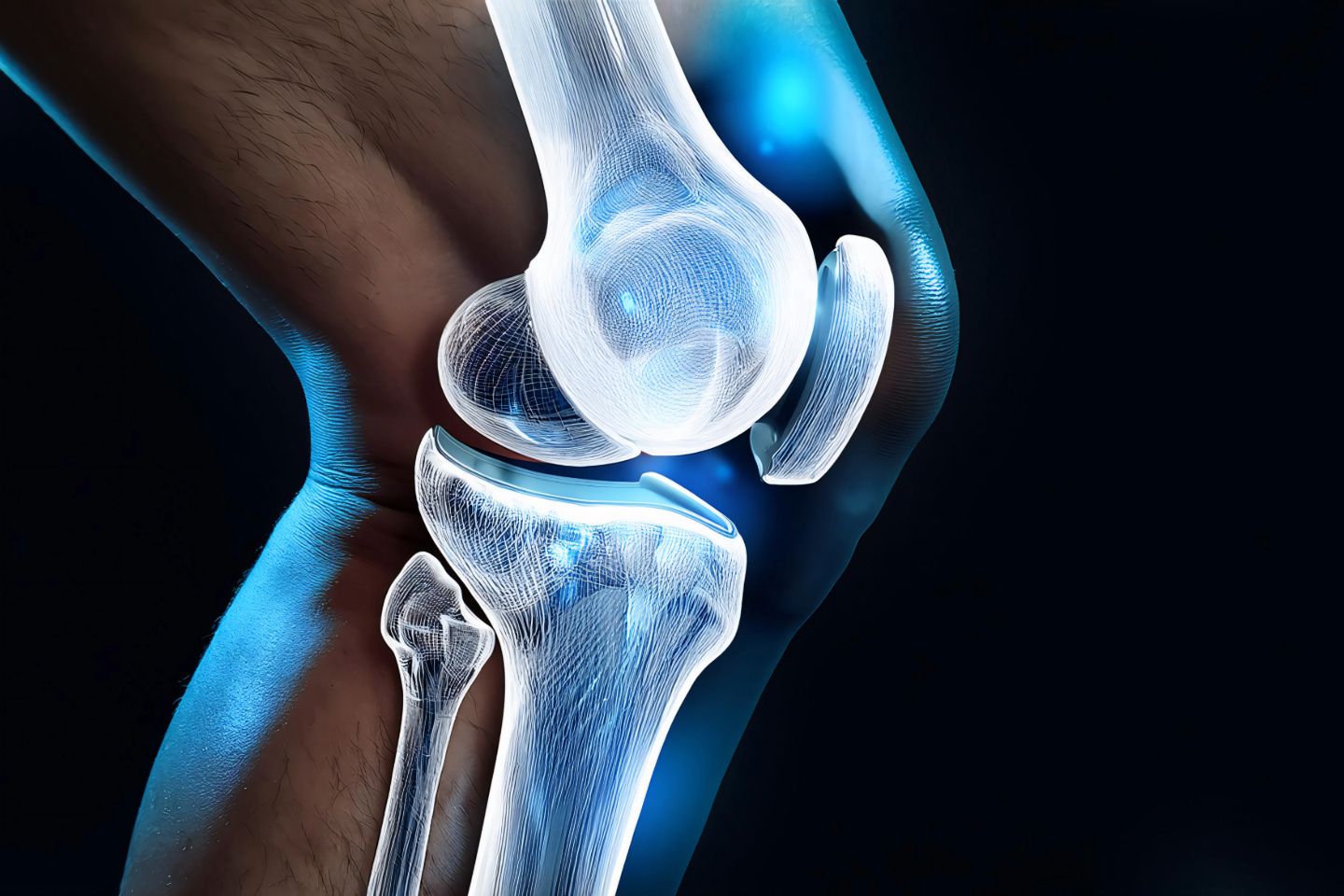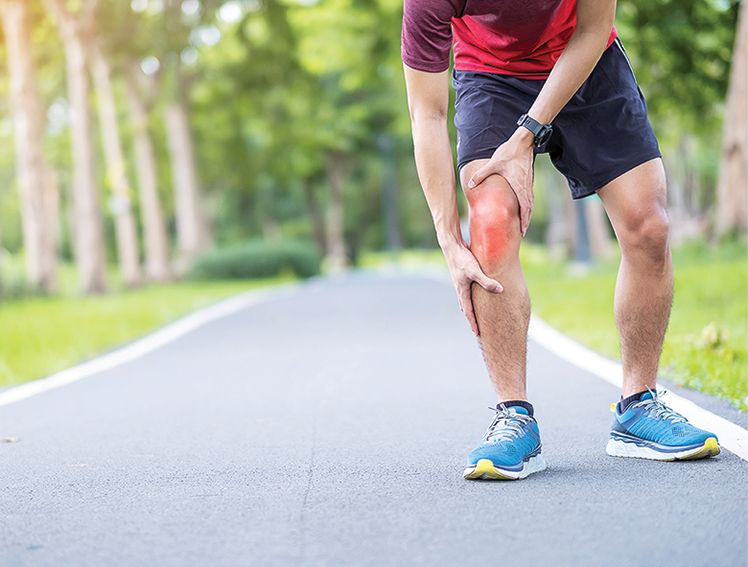
What Total Knee Replacement Aims to Improve
Introduction
Total knee replacement is all about getting you back to doing what you love without knee pain holding you back. It's not just about pain relief—it helps you move better, feel stable, and live more independently. When other treatments like physiotherapy or pain meds don't work anymore, this surgery is usually the next step. After recovery, most people experience more flexibility, less stiffness, and a much easier time going about their day.
When Can You Resume Normal Activities After Surgery?
Recovery doesn't happen overnight, and that's okay. Each week brings progress.
Days 1–3: You may begin walking short distances with support.
Weeks 4–6: Many patients start walking on their own and resume light chores.
Weeks 8–12: Some return to driving or desk-based jobs.
Months 3–6: This is when you may feel confident with most daily movements.
Recovery times may vary depending on your age, overall health, and how closely you follow your rehab plan.[1]
Low-Impact Activities You Can Enjoy
Once your knee has healed, staying active is a great way to keep moving—just focus on joint-friendly activities. Walking at your own pace, swimming, or using a stationary cycle are all excellent choices. Light yoga or stretching can boost flexibility without putting strain on your knee. You can even enjoy hobbies like golf or slow dancing, which are both fun and good for your recovery. These activities help improve blood flow, prevent stiffness, and promote overall well-being. Just remember to take it easy and listen to your body.
Exercises That Support Recovery and Long-Term Knee Health
After surgery, a few simple exercises can make a big difference in your recovery. These help improve strength, flexibility, and blood circulation.
Ankle pumps – Encourage blood flow and help prevent blood clots.
Straight leg raises – Strengthen the thigh muscles that support the knee.
Heel slides – Help restore bending and straightening ability.
Mini-squats (with wall support) – Build muscle safely.
Step-ups (on low stairs) – Improve coordination and balance.
Make sure to do these under the guidance of a physiotherapist and stop if you feel any sharp pain.
What Activities Should Be Avoided Post-Surgery?
While being active is important, not all activities are safe after knee replacement.
Avoid:
Running, jumping, or skipping
Deep squats or lunges
Heavy weightlifting
High-impact sports like football, etc.
These can stress your joints and lead to early wear and tear of your implant. It's best to focus on low-impact exercises that protect your knee.
How to Build Strength and Mobility Safely Over Time
Start slow and take it one step at a time—don't expect instant results. Begin with gentle stretches and light walking to ease your knee into movement. By the second month, you can start adding some resistance training. Around the third month, low-impact cardio like cycling or swimming can be introduced. Balance your activity with plenty of rest and stay in touch with your physiotherapist to make sure your routine is adjusting to your progress.
Realistic Expectations: What "Active" Really Looks Like After TKR
You might not be running marathons or trekking the Himalayas- and that’s totally okay. Being active after a knee replacement is about living without pain holding you back. Most people find they can walk longer distances, climb stairs easily, and take short trips without worrying about knee pain. Many enjoy playing with grandkids, gardening, or doing light chores again. The goal is to get back to living your life independently and happily, without discomfort.
Tips to Stay Active without Harming Your New Joint
Keep these habits in mind to protect your knee while staying active. Always wear supportive shoes to reduce stress on your joints. Avoid walking on wet, uneven, or rough surfaces. Make sure to warm up before any activity to prepare your muscles and joints. Maintaining a healthy body weight also helps reduce pressure on your knee. And remember to take breaks during longer activities—if your body tells you to rest, listen. Don't overdo it, especially in the early stages.
When to Consult Your Doctor before Trying New Activities
Even if you're feeling strong, it's a good idea to talk to your doctor before trying something new. Thinking about trekking or joining a dance or yoga class? Some movements can be risky for your joint if not done carefully. A quick chat with your doctor can help you figure out what's safe and what to avoid. Also, if you notice swelling, pain, or stiffness, don't wait—get it checked. It's always better to be safe than sorry when it comes to your new knee.
Freedom Knee by Meril
The Freedom Knee by Meril is a knee implant designed to help you move naturally and comfortably after surgery. It has a unique design that allows for better flexibility and less wear. This implant requires less bone cutting, which helps preserve your natural knee structure. It's a great option for those who want to stay active after their knee replacement.
Conclusion
To sum it up, yes—you can live an active life after total knee replacement. While you may need to modify some habits and stay mindful of your movements, you won't be stuck on the couch. Many people feel more active post-surgery because pain is no longer a limitation.
By staying consistent with recovery, choosing joint-friendly activities, and seeking guidance when needed, your new knee will help you live with strength, freedom, and confidence.
References
[1]https://my.clevelandclinic.org/health/treatments/8512-knee-replacement



